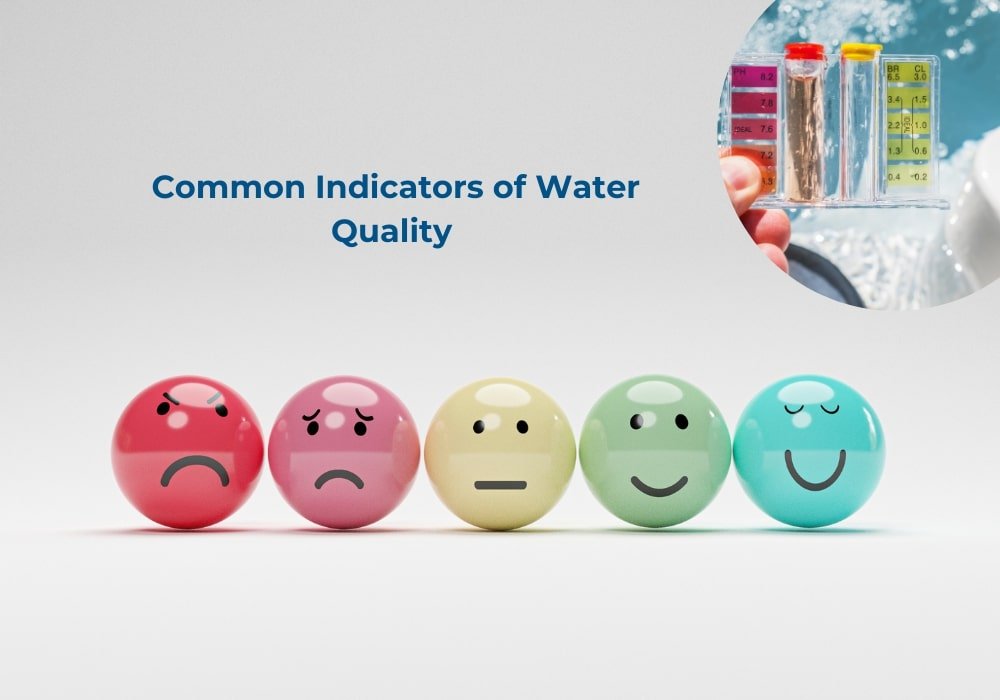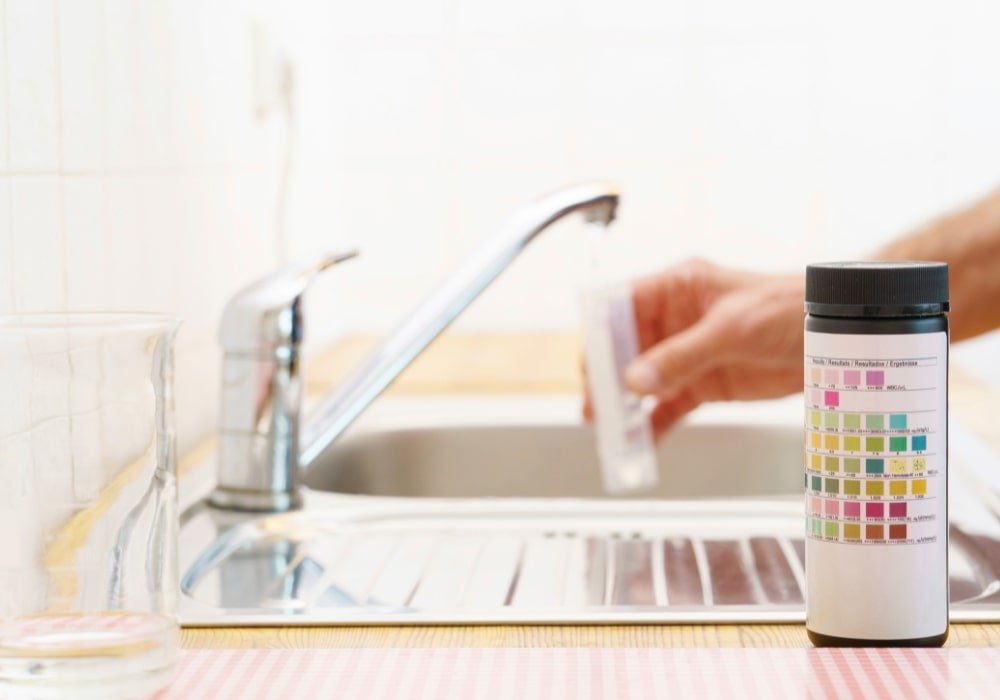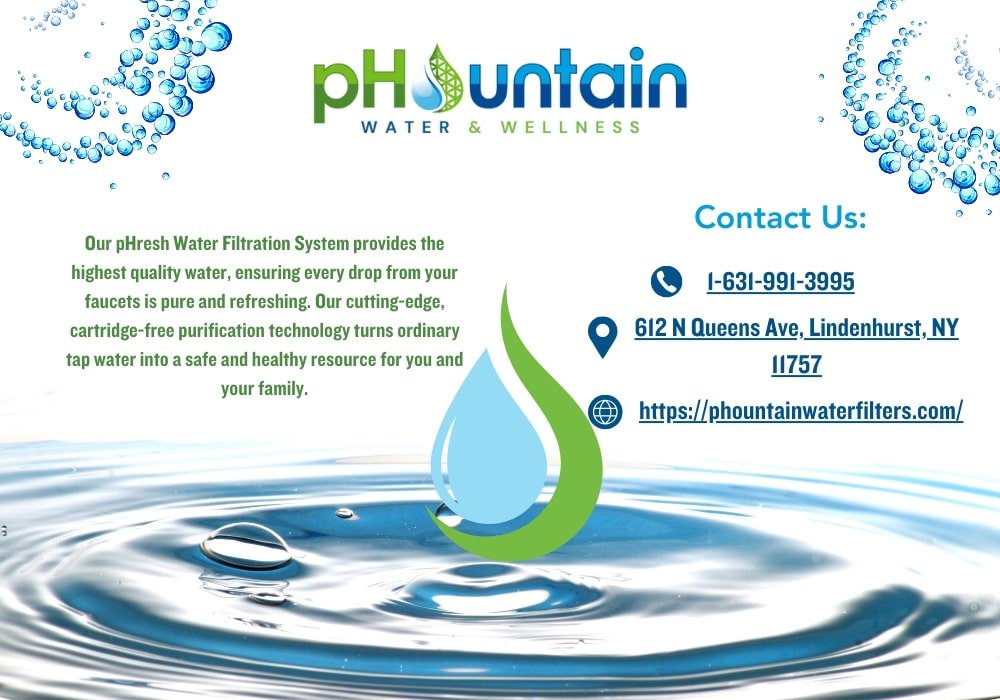Learn how to test your water quality at home using essential methods and simple tools to ensure it’s safe for your family. Discover practical tips for effective testing.
Knowing how to check the safety of your drinking water is vital for your health, and home testing is an effective way to achieve that. With simple methods and tools, you can easily assess your water’s safety and take action if needed. Let’s explore the essential steps to keep your water quality in check!
Why Is It Important to Test Water Quality at Home?
Regularly testing your water supply is the only way to guarantee its safety.
Water is crucial for our survival, making it essential to keep it clean and safe. The Consumer Confidence Report (CCR) is a critical document municipal water suppliers provide detailing water quality and compliance with EPA standards. Testing can uncover harmful substances in your supply and may even offer insights into any health issues you might be experiencing.
Health Implications of Poor Water Quality
Water pollution leads to various illnesses, including cholera, dysentery, and hepatitis A. Each year, approximately 829,000 people die from diarrhea linked to unsafe drinking water. To safeguard public health, the Safe Drinking Water Act mandates regular testing of water quality and contamination levels in community water systems to ensure compliance with safety standards.
Moreover, long-term exposure to polluted water can contribute to antimicrobial resistance, heightening the risk of antibiotic-resistant infections. Ensuring clean drinking water is vital for health and well-being, highlighting the need for stringent water quality regulations.
Benefits of Regular Testing:
- Water testing is essential for ensuring the safety and quality of drinking water by identifying potential contaminants.
- Regular testing helps detect harmful substances like bacteria, metals, and chemicals.
- It helps protect public health by minimizing the risk of illnesses linked to polluted water.
- Improves overall water quality by addressing identified contaminants.
- Identifying issues early before they become expensive can lead to cost savings.
- Aids in environmental protection by preventing contamination of ecosystems.

What Are the Common Indicators of Water Quality?
The six primary water quality indicators include dissolved oxygen, turbidity, dissolved solids, metals, pH level, and conductivity.
Let’s discuss common indicators of water quality. Drinking water regulations, as set by the EPA, establish legal standards for acceptable contamination levels in public water systems.
Dissolved Oxygen (DO)
- The level of dissolved oxygen is a vital indicator of water quality in streams and lakes, reflecting the overall health of aquatic ecosystems.
- The amount of DO in water depends on considerable factors, including the water’s salinity, pressure, and temperature.
- Animals that have absorbed these metals can pose serious health risks.
Turbidity
- Turbidity becomes visible in water when sensors provide readings of over five NTU.
- Turbidity is affected by suspended particles or solids that cannot dissolve, including clay, silt, and sand.
Metals
- Several metals, including copper, manganese, and zinc, play vital roles in the biochemical processes that support life.
- When metals are found in high concentrations in water, they can become toxic to both animals and humans. Consuming contaminated water or eating animals that have absorbed these metals can pose serious health risks.
pH
- The pH level indicates the water’s acidity or alkalinity, with a neutral pH value set at 7.
- pH affects biological and chemical processes; extreme values can kill aquatic life.
Dissolved Solids
- This measurement is important because pH can affect the solubility of metals and organic compounds, influencing their bioavailability and toxicity.
- Total Dissolved Solids (TDS) gauge the amount of dissolved materials in water, typically ranging from 0 to 1,000 mg/L in freshwater.
Conductivity
- Conductivity indicates the water’s ability to conduct electricity, influenced by the concentration of dissolved ions.
- Conductivity classifications include freshwater (<600 µS/cm), moderately saline (600-6000 µS/cm), and saline (>6000 µS/cm).

How Can You Test Water Quality at Home?
Four simple at-home tests can help assess water quality without a kit.
Color, Taste, and Odor Test: To identify abnormalities, compare tap and distilled water. DIY lead-test kits often use test strips, which users insert into a sample to determine the presence of lead.
Water Hardness Test: Observe residue after evaporating a spoonful of tap water to check for hardness.
Visual Inspection with a Magnifying Glass: Look for floating particles or cloudiness in a clear glass of water.
Boiling Method for Dissolved Solids: Boil water and check for residue at the bottom of the pot to identify impurities.
DIY Methods Vs. Professional Testing:
- At-home water test kits are affordable and quick but may not detect low levels of contaminants.
- They can provide accurate results with expert interpretation, leading to false positives or negatives.
- Professional testing ensures reliability and effectiveness in detecting a wide range of contaminants.
- Professional lab tests are more accurate and can detect low levels of harmful pollutants like lead.
- While DIY tests are cheaper, they offer limited information about water quality compared to professional tests.
- Using both at-home and professional tests to understand water quality is advisable comprehensively.
- Professional tests are for serious contamination concerns, and the detailed reports they provide are for informed decision-making.
- Professional testing is for those with contaminated wells or specific health concerns.
What Are the Essential Tools for Testing Water Quality at Home?
Tools for testing water quality at home include testing equipment such as test strips, turbidity meters, water level meters, hardness test kits, and multi-parameter water quality meters.
These tools assess various parameters, including pH, conductivity, turbidity, dissolved oxygen, ORP, temperature, and salinity. Let’s look at a couple of these tools:
Test Strips
Test strips offer a straightforward and effective method for checking your water’s chemical composition. They are easy to use and can accurately measure vital factors such as pH, alkalinity, chlorine, and total hardness, all essential for maintaining water quality.
Turbidity Meters
Turbidity meters measure the number of tiny solid particles in water. They provide readings in nephelometric turbidity units (NTU) or formazin turbidity units (FTU), indicating how cloudy the water is. A higher number means more turbidity, which can affect water quality.
Hardness Test Kit
A hardness test kit specifically measures the levels of calcium and magnesium in a water sample, allowing you to determine its hardness.
Understanding water hardness is important for both health and the maintenance of plumbing systems.
You have hard water if your test shows 7 grains per gallon (mpg) or more of these minerals.
Multi-Parameter Water Quality Meters
Multi-parameter water quality meters check several water quality factors simultaneously, including pH, conductivity, and dissolved oxygen. It’s important to calibrate these meters correctly to ensure accurate readings. If calibrated correctly, you might get accurate results.
Tips on Choosing the Right Water Quality Testing Kit:
- Select a user-friendly water testing kit with clear sample collection and analysis instructions.
- Consider the overall cost, including initial purchase and any future expenses for replacement materials.
- Look for kits certified by reputed associations like the EPA or NSF to ensure quality and reliability.
- Choose kits that provide easy-to-interpret results, such as color-coded strips or digital displays.
FAQs
What Should You Do If Your Water Fails the Test?
If your water test reveals concerning results, avoid drinking or using the water for cooking,
cleaning, or washing until you treat it well or disinfect it. The presence of coliform bacteria might not make you ill right away, but it signals that other harmful organisms in your well could lead to serious health issues.
How Often Should You Test Water Quality at Home?
Regular water testing is vital for identifying contaminants that could impact your health and ensuring proper pH levels. At least once a year, test your well water for nitrates, coliform bacteria, and other local pollutants.
How Can I Check the Quality of My Drinking Water?
To assess your water quality, consider using a home testing kit that measures pH, chlorine, hardness, and contaminants like lead and bacteria. Collecting water samples for accurate lab analysis is crucial for detecting contaminants. You can also send a water sample to a certified lab for a more thorough analysis.
What Are the Easiest Ways to Check the Quality of Water?
The simplest methods to check water quality include using test strips, which deliver quick results for pH, chlorine, and hardness; turbidity meters, which measure cloudiness; and home water testing kits, which evaluate various contaminants. Additionally, you can visually check the water for any unusual colors or odors.
How Do You Use Water Testing Kits Effectively?
To use water testing kits effectively:
- You can start by carefully reviewing the instructions provided.
- Get a water sample in a clean container and follow the kit’s steps for testing.
- After obtaining results, compare them to the provided color chart or indicators to assess water quality.

Upgrade Your Water Quality With pHountain pHresh Water Filtration System!
At pHountain, we recognize that clean and safe water is essential for every home. Our pHresh Water Filtration System provides the highest quality water, ensuring every drop from your faucets is pure and refreshing. Our cutting-edge, cartridge-free purification technology turns ordinary tap water into a safe and healthy resource for you and your family.
Don’t compromise your family’s well-being—ensure they can access clean and purified water. Installing the pHountain pHresh Water Filtration System today takes the first step towards cleaner water. Experience the difference between smooth, soft, and filtered water and enjoy peace of mind knowing you’re providing the best for your loved ones.
Contact us now to learn more about how our system can enhance water quality!

